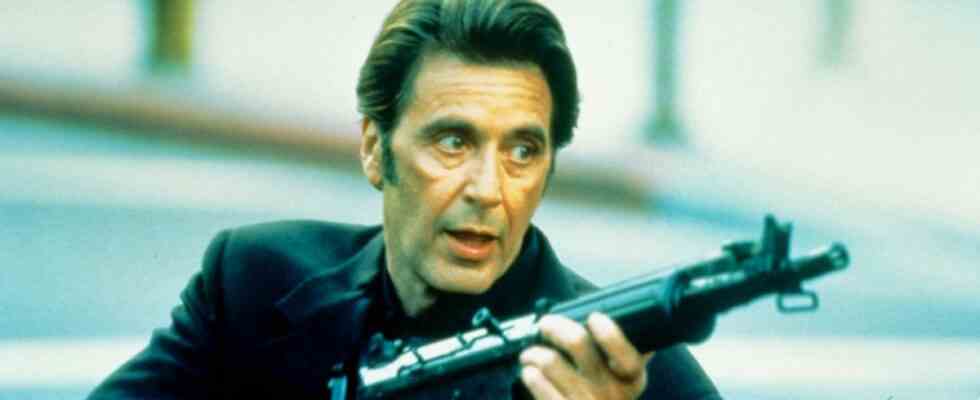A veterinarian patched him up, and a woman he doesn’t know drives him through the desert to the Mexican border. Her name doesn’t matter, she says, before she comes out with one: Frida fucking Kahlo…
Chris Shiherlis is on the run, badly injured, the sole survivor of the September 7, 1995 robbery of the Far East National Bank in Los Angeles that ended “Heat,” Michael Mann’s big film of that year. Now, Mann has continued the story, “Heat 2,” as a novel written in collaboration with writer Meg Gardiner.
Told back and forth: “Heat 2” begins the night after the bank disaster in which Neil McCauley, the leader of the gang and his father’s friend, was shot dead. Vincent Hanna killed him, the possessed cop. Chris’ escape is organized by Nate, the gang’s mastermind, in the Blue Roomhis bar. Chris finally finds shelter in Ciudad del Este in Paraguay – a free trade zone, a criminal Disneyland, where business of a new kind is possible.
Never get attached to anything you can’t give up in 30 seconds
Michael Mann loves networks, intricate relationships that are deeply rooted in American society. Mysterious weaves of gratitude, obligation, retribution, solidarity, friendship, honor, professionalism. He loves the junctures at which these relationships intersect, clandestine get-togethers or brutal clashes, and each encounter has a magic of necessity that has nothing to do with chance or fate. In “Heat,” it was the legendary encounter between Vincent Hanna, the cop, and Neil McCauley, superstars Al Pacino and Robert De Niro. In “Heat 2” a bad sadist crosses their paths again and again – he especially likes to put a glowing cigarette in the eye of women.
The book swings back and forth in time, from 1988, when Neil and his people are still alive and about to pull off a massive coup, and forward to the year 2000. The writing is not secondary to Michael Mann, he’s involved started out studying literature, but it changes the “Heat” characters, brings them pathetically closer to us, away from the cool existentialism Mann creates visually from the very beginning, since he oversaw the TV series “Miami Vice” – Antonioni in Florida .
“Everything comes and goes,” Neil philosophizes in “Heat 2″https://www.sueddeutsche.de/kultur/.”We are all footprints. The tide is coming, and you’ve never been there. A guy named Albert did that Camus written.” The consolation of the ephemeral, the essence of (gangster) life. This quote also gives rise to the legendary saying that runs through “Heat” – you shouldn’t get attached to something that you couldn’t give up within thirty seconds if you have to…
In Paraguay, Chris begins a new relationship with Ana, the daughter of a Taiwanese family business clan. The new web he is confronted with is the dark web, where only insiders can access, where the new business is done, internationally. Weapons and military equipment are no longer moved here, but hardware and software, control systems, especially those that can be used to disable offensive weapons. Through the perverse fascination of this new, limitless criminality, there is always regret that great material battles become superfluous with personal commitment and enthusiasm, with pump guns, collisions, blood and bone splinters, everything that made cinema great.
Of course, Michael Mann wants to bring this fight, this story, to the big screen. At the age of 79, he has just shot a film about Enzo Ferrari in Modena, with Adam Driver and Penélope Cruz. What he, unlike his colleague Martin Scorsese, does not want to do in this film, which penetrates through various times: artificially rejuvenate the stars of “Heat”, with facial prostheses or computer lifting. You simply need the body, the rhythm of an actor. Al Pacino once happily speculated that he could imagine Timothée Chalamet as young Vincent Hanna.
Michael Mann, Meg Gardiner. Heat 2. Thriller. Translated from the English by Wolfgang Thon. Harper Collins 2022. 687 pages, 14 euros.

